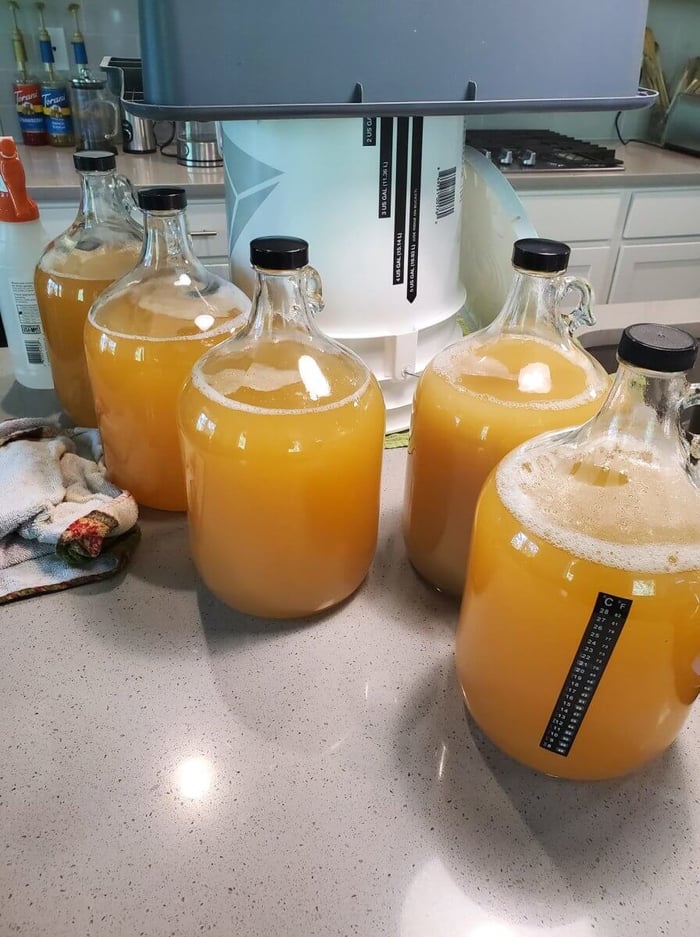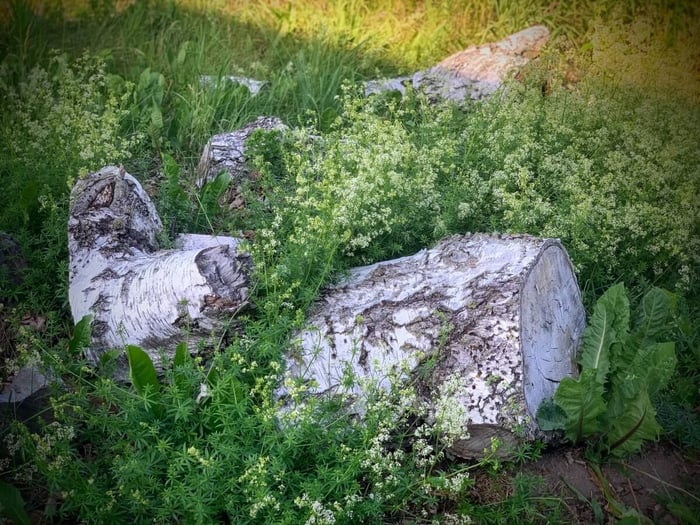
(Photo by Antonio R. from our Certified Meadiacs Facebook group)
There are two things that all of our meads have in common. The first is obvious, and it’s something we have in common with all other meads on earth: Our primary ingredient is honey.
We’ve written about our honey before, but today we’d like to talk about the other thing that all of our meads have in common, and it’s something that makes our meads stand out: All of our meads, whether it’s craft, sour, or Ancient Collection, is packaged on lees.
Simply put, lees are the collection of particulate that settles out of a fermented beverage over time. It is made up of yeast, protein, honey solids, and much more.
While some purists like the look of a crystal clear, sparkling mead, it’s never appealed to us for a variety of reasons.
First, the lees are an important contribution to the aging process of many beverages. Having a small amount of lees in packaging helps our mead mature with time.
Second, the lees have a flavor all their own. That’s why hazy IPAs are hazy and hefeweizens are cloudy; taking the particulate out takes a lot of flavor with it.
Most important of all, the processes used for removing lees - from fining to filtering to numerous stages of racking (multiple transfers) - all remove other components from the mead leaving your mead clear, but lacking so much of the nuance that we love from that raw honey.
This is not to say we look down on clear beverages. Some honeys are more disposed to naturally clarifying. And while our ancestors didn’t stress about a little haze, finings (the compounds that help particulate settle out) have been used for centuries if not millenia.
At the end of the day, it’s a personal choice, and we believe that our mead is more robust and interesting from packaging on lees. And that’s all there is to it!



